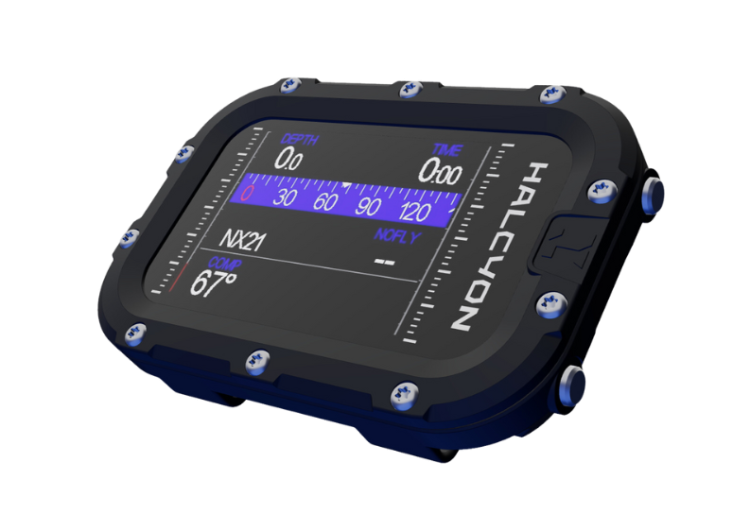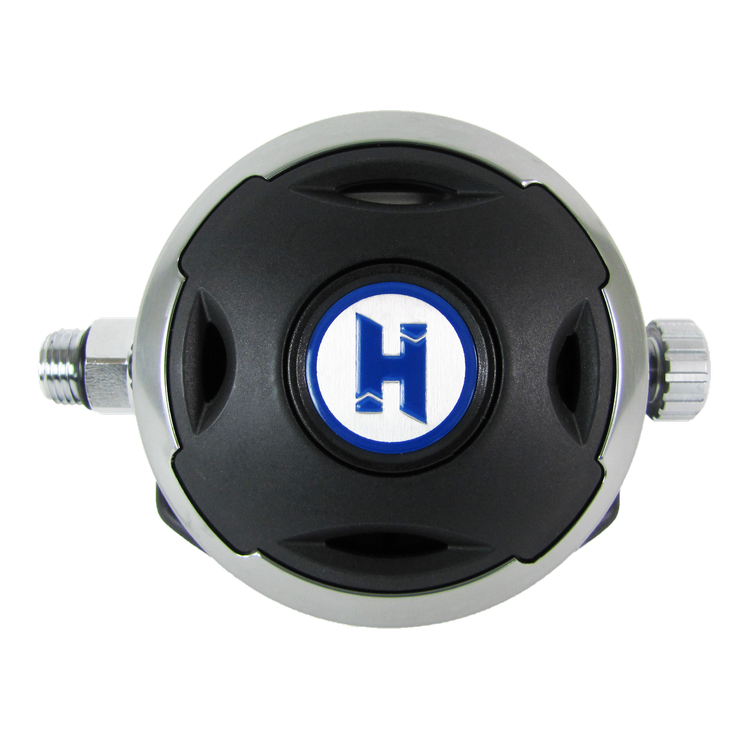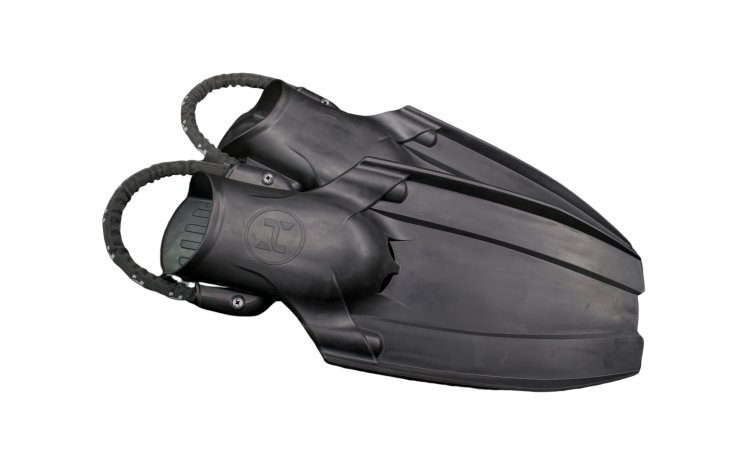






Experienced technicians aren’t the only divers who need to understand how regulators work—every diver should know the basics, especially before they purchase one themselves. Let’s demystify the first stage regulator.
The breathing apparatus of a working regulator set contains a few key components:
A first stage
A second stage
A low pressure hose connecting the first and second stages
The first stage is attached to the tank valve, and its sole job is to reduce the high-pressure gas from inside your tank to a lower pressure before it reaches the second stage. The second stage further reduces the gas pressure to a breathable level. As the diver inhales, the first stage opens the high-pressure valve and releases gas from the tank to its chamber. The valve closes when demand ends (between inhalations).
Let's go into the two types of first stages available: diaphragm and piston.
PISTON
A piston first stage regulator uses a piston to control the flow of high-pressure gas from the cylinder. When the diver takes a breath, the piston moves downward, allowing gas to flow into the first stage regulator and, eventually, the diver's mouth. As the diver exhales, the piston returns to its original position against the seat, closing the valve and preventing water intrusion. This continuous cycle results in reduced breathing effort and increased efficiency, and piston-style regulators perform just as well on the surface as they do at deep depths.
DIAPHRAGM
In a diaphragm first stage, a diaphragm (a flexible disk) covers the intermediate pressure chamber, a portion of the first stage. When the diver breathes in gas from the second stage, the pressure in the intermediate pressure chamber decreases, and ambient water pressure pushes the diaphragm inward. This inward push opens the high-pressure valve to release more gas into the intermediate chamber. When the diver stops inhaling, pressure in the low-pressure chambers rises, and the diaphragm returns to its resting position, which closes the high-pressure valve until the next breath is taken.
There are two types of diaphragm first stages: balanced and unbalanced. A balanced diaphragm regulator is designed to provide consistent airflow regardless of the depth or pressure in the scuba tank. It achieves this by using a balanced design that ensures equal pressure on both sides of the diaphragm, resulting in reliable and consistent performance. An unbalanced diaphragm regulator relies on the pressure of the air in the scuba tank to push the diaphragm, which can result in decreased performance at deeper depths or lower tank pressures. Generally speaking, a balanced diaphragm regulator is more reliable and consistent than an unbalanced one.
What Are The Differences Between These Two Types Of First Stages, And How Do They Affect Your Scuba Diving?
PERFORMANCE IN COLD WATER:
Diaphragm first stages are particularly suited to cold water diving, working in saltwater and water containing a high degree of suspended particles, silt, or other contaminating materials. The only moving parts exposed to the water are the valve opening spring and the diaphragm, which are optimized for these conditions. All other components are sealed off from the environment. A diaphragm is less likely to freeze in the open position or cause a regulator free-flow because of the sealed ambient pressure chamber.
The piston-type regulator can flow more gas because the gas passages are larger than those in a diaphragm. Thus, more gas flow can create icing on the piston in extreme conditions, potentially freezing it in an open position.
However, Halcyon's H-75P piston first stage is freeze-resistant. Both piston and diaphragm first stages still have freezing potential. However, the designs of each greatly reduce freezing potential, ensuring performance in cold water environments.
GAS PERCENTAGES:
A piston first stage can be used for all percentages of O2 up to 100%. Their component structure and design allow for O rings and body O2 cleaning and preparation for higher O2 concentrations. This makes the piston first stage more sought after by technical divers.
The diaphragm first stage can be used for percentages of O2 up to 40%. Their component structure does not offer an O2 clean kit for O-rings and surfaces, presenting potential concerns for high O2 concentrations. A diaphragm first stage is still great for divers of all levels, but it simply isn’t suited for higher percentages of O2.
SIMPLICITY:
Piston first stages are simpler in design and have fewer moving parts. Diaphragm first stages have more components that seal it from the environment and debris.
DURABILITY:
Because piston first stages have fewer moving parts and larger air passages, they can pose fewer problems over time. But since diaphragm first stages are sealed, divers working in extreme conditions often opt for these to prevent damage.
WHAT THIS MEANS FOR YOU:
It is important to note that there is no right or wrong choice when it comes to selecting a first stage. Some divers simply prefer the breathing experience with our piston first stage. Others value the additional security of a balanced diaphragm first stage in extreme conditions. Both types have their advantages and disadvantages, and the choice ultimately depends on the individual diver's preferences, diving style, and preferred conditions.
Compare the Halcyon First Stages (Piston & Diaphragm)
H-75P - https://halcyon.net/h-75p-first-stage-regulator,316,en
H-50D - https://halcyon.net/h-50d-first-stage-regulator,317,en
|
Halcyon Dive Systems 1.800.HALCYON (425.2966) |
|
Halcyon Dive Systems 24587 NW 178th Place High Springs, FL 32643 |
|
Customer Service Hours Monday-Thursday 8:00AM - 4:30PM EST Friday 8:00AM - 11:00AM EST |